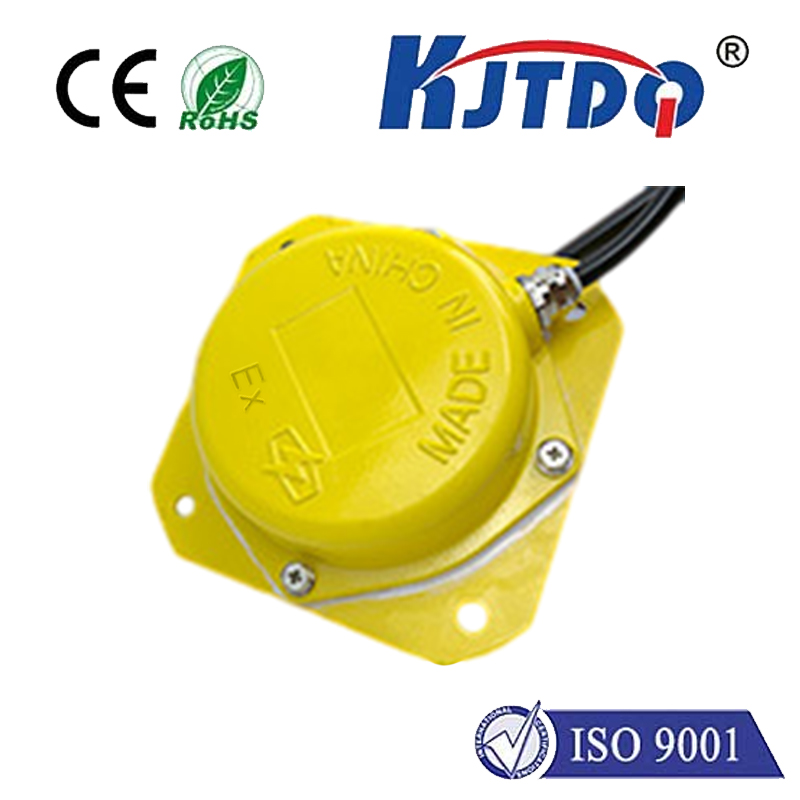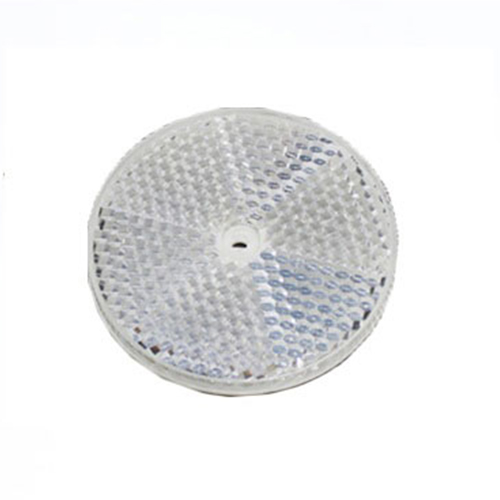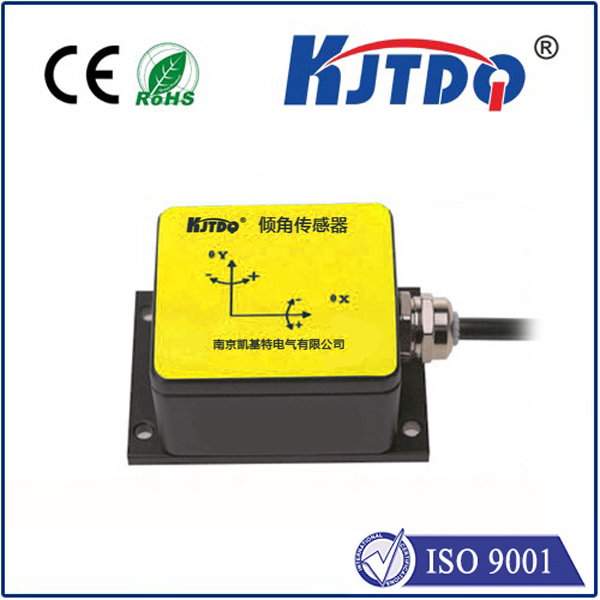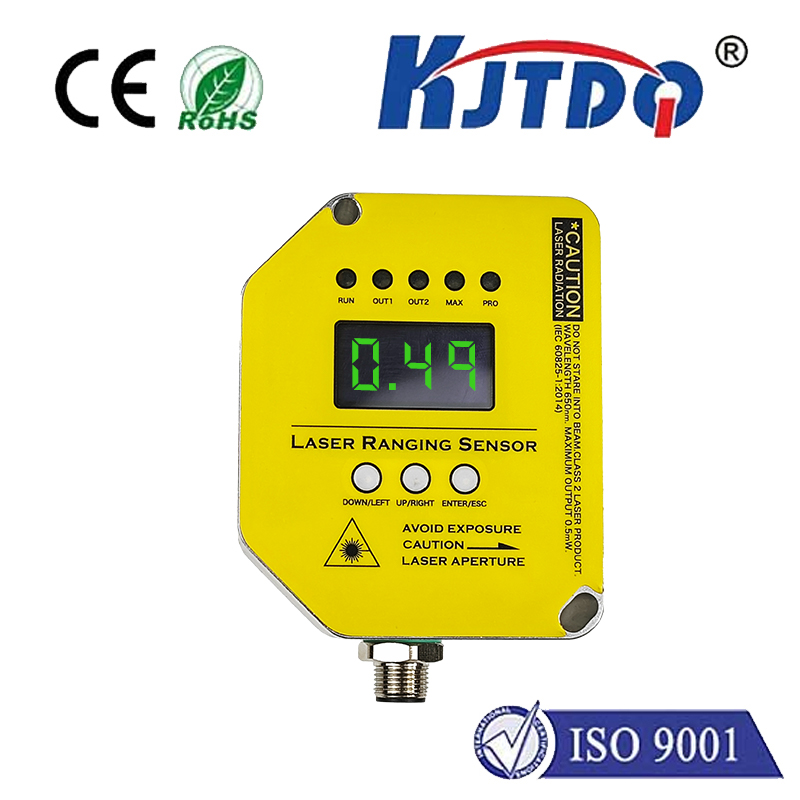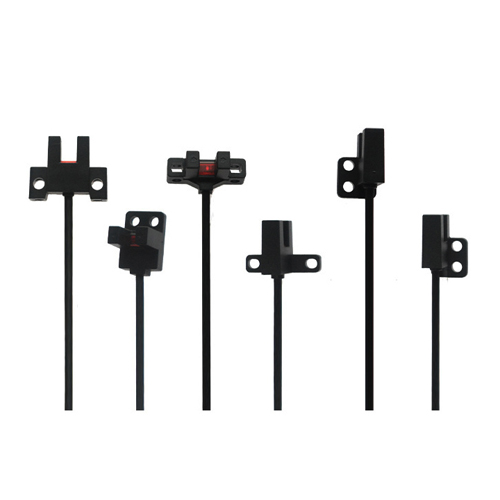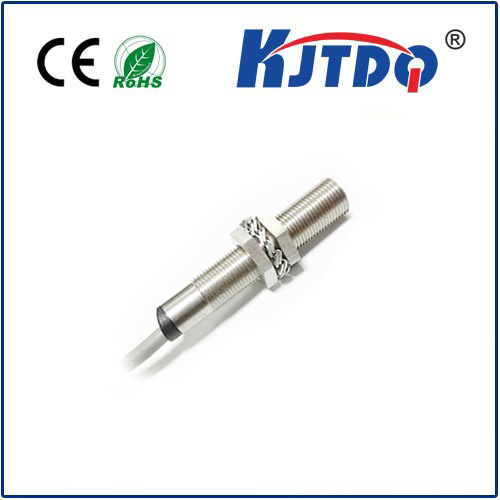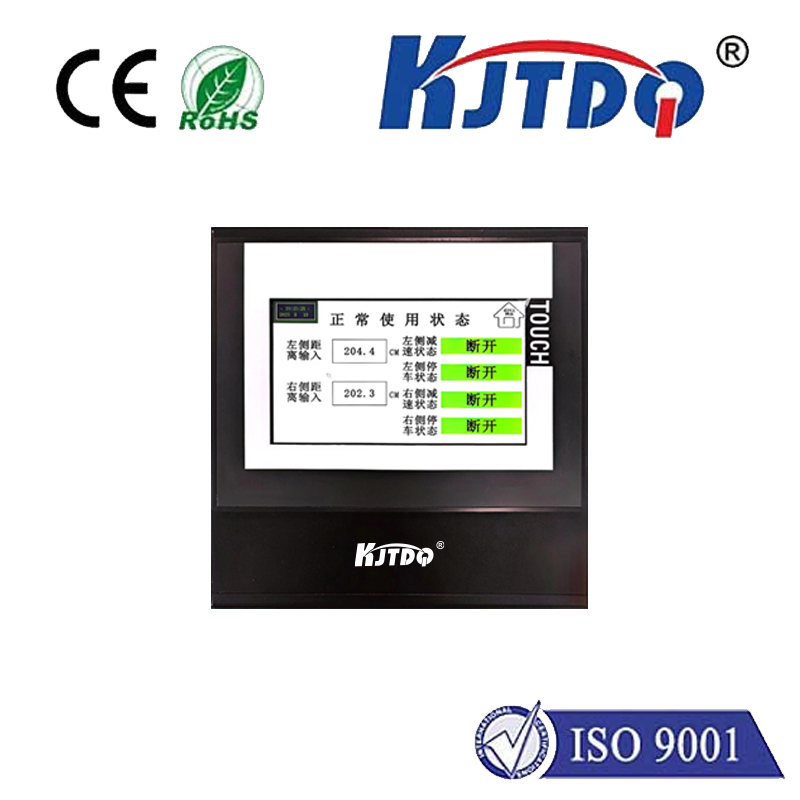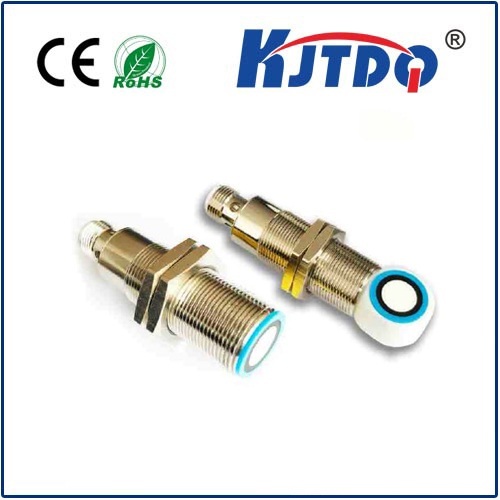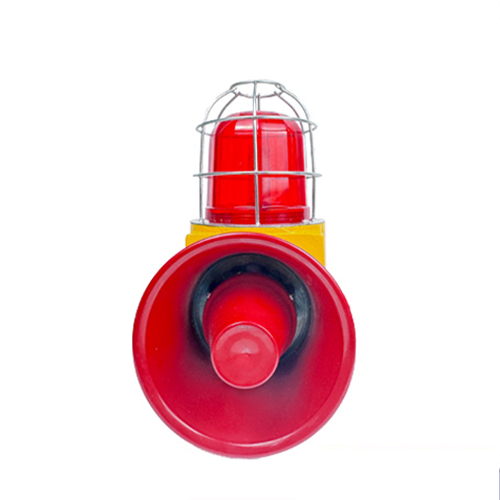explosion proof proximity sensor
- time:2025-06-15 00:18:10
- Click:0
The Critical Role of Explosion Proof Proximity Sensors in Hazardous Environments
Industrial accidents involving explosions in volatile atmospheres are a constant threat. Imagine the catastrophic potential of a spark near grain dust, propane gas, or chemical vapors. This inherent danger demands specialized equipment designed to operate safely where ordinary devices could trigger disaster. Enter the explosion proof proximity sensor – a fundamental yet often unsung hero safeguarding personnel, processes, and facilities in the most challenging conditions.
Understanding the Core Concept: More Than Just a Sensor
Unlike standard proximity sensors, explosion proof proximity sensors are engineered to perform reliably in classified hazardous areas. These zones, defined by standards like ATEX, IECEx, NEC/CEC, are locations where flammable gases, vapors, mists, combustible dusts, or ignitable fibers are present in quantities sufficient to create an explosive atmosphere under normal or abnormal conditions.
The term “explosion proof” doesn’t mean the sensor can withstand an external explosion. Instead, it signifies a specific design philosophy:
- Containment: The sensor’s enclosure is incredibly robust – typically constructed from durable materials like stainless steel, brass, or high-grade aluminum alloys. Its primary function is to contain any potential spark or explosion originating within the device itself (e.g., from electrical contacts or component failure). The enclosure prevents the internal ignition from escaping and igniting the surrounding hazardous atmosphere.
- Flame Path: Critical to the design are precisely engineered joints (flame paths). If an internal explosion occurs, the escaping hot gases and flames are cooled below the ignition temperature of the surrounding atmosphere as they pass through these long, narrow gaps or threaded paths before reaching the external environment.
- Temperature Limitation: The sensor’s design ensures that its external surface temperature remains below the auto-ignition temperature of the specific gases or dusts present in the environment. This prevents the sensor housing itself from becoming an ignition source.
- Prevention of Internal Ignition: Beyond containment, design principles often incorporate intrinsic safety barriers or other techniques to limit the electrical energy within the sensor circuit, minimizing the chance of a spark occurring in the first place.
Why Standard Sensors Fail the Hazardous Test

A standard inductive or capacitive proximity sensor, while reliable in benign environments, poses a significant risk in hazardous locations:
- Internal Sparking: Contacts switching, component failures, or even small static discharges inside the sensor can generate sufficient energy to ignite the atmosphere.
- Hot Surfaces: Normal operation can heat the sensor body beyond safe limits for nearby flammable substances.
- Non-Robust Enclosures: Standard enclosures offer no containment for internal sparks or explosions.
The Essential Applications: Where Safety is Non-Negotiable
Explosion proof proximity sensors are indispensable across numerous high-risk industries:
- Oil & Gas: Monitoring tank levels, detecting valve positions, sensing pipe flow, and confirming equipment status on drilling rigs, refineries, and pipelines where hydrocarbons are pervasive.
- Chemical & Pharmaceutical: Position sensing in reactors, mixers, and filling lines involving volatile solvents, powders, and gases.
- Mining (Particularly Coal): Detecting equipment positions, conveyor belt jams, and material levels where coal dust and methane gas create explosive atmospheres.
- Grain Handling & Processing: Level detection in silos, bin discharge monitoring, and position sensing on conveyors where grain dust is highly explosive.
- Paint & Coatings: Overspray booths and mixing areas laden with flammable solvents and aerosolized particles.
- Aerospace: Fueling operations and testing facilities.
- Wastewater Treatment: Areas where biogas (methane) is generated.
In these settings, these sensors perform critical tasks like object detection, level control, position feedback, and speed monitoring with robust reliability.
Key Features and Classifications
Selecting the correct explosion proof proximity sensor requires understanding its certifications and specifications:
- Hazardous Area Classification: Sensors are rated for specific zone types (e.g., Zone 0/1/2 for gases, Zone 20/21/22 for dusts) based on the likelihood and duration of a hazardous atmosphere being present. Choosing the right zone rating is paramount.
- Approval Standards: Look for certifications like ATEX (Europe), IECEx (International), UL/cUL (Class I, II, III; Division 1⁄2) (North America), or specific regional approvals. These markings guarantee compliance with rigorous safety standards.
- Temperature Class (T-Class): Indicates the maximum surface temperature the sensor can reach. Must be lower than the ignition temperature of the surrounding hazardous substances.
- Gas Group: Classifies the types of explosive gases/vapors the sensor is approved for (e.g., Group IIC for hydrogen/acetylene – the most stringent).
- Ingress Protection (IP Rating): Indicates protection against solids and liquids (e.g., IP67, IP68, IP69K), crucial for harsh industrial environments involving dust, moisture, or washdowns. High durability is a standard expectation.
- Sensing Technology: Inductive (for metals), capacitive (for liquids, solids, non-metals), or ultrasonic sensors are common, each suitable for different explosion-proof applications. Outputs (NPN, PNP, analog) and connection types (cable, connector) must align with control systems.
Beyond Compliance: The Value Proposition
While regulatory compliance is a primary driver, the benefits of explosion proof proximity sensors extend further:
- Enhanced Operational Safety: They are a fundamental layer of protection, significantly reducing the risk of catastrophic explosions and protecting human life.
- Asset Protection: Preventing explosions safeguards expensive equipment and infrastructure.
- Increased Uptime & Reliability: Designed for extreme conditions, they offer superior resilience against vibration, shock, corrosion, and environmental contaminants compared to standard sensors, leading to less unplanned downtime.
- Process Integrity: Reliable sensing ensures processes run smoothly and efficiently within hazardous zones.
Choosing the Right Guardian for Your Hazardous Zone
Selecting an explosion proof proximity sensor is a critical safety decision. Always consult with experts and rigorously match the sensor’s certifications (ATEX/IECEx/UL rating, Zone/Division, Gas Group, T-Class, IP rating) to the specific hazardous area classification defined for your application environment. Consider factors like the target material, required sensing distance, environmental conditions (temperature extremes, chemicals), and necessary electrical interfaces. Never compromise on the specifications dictated by the hazardous area classification.












